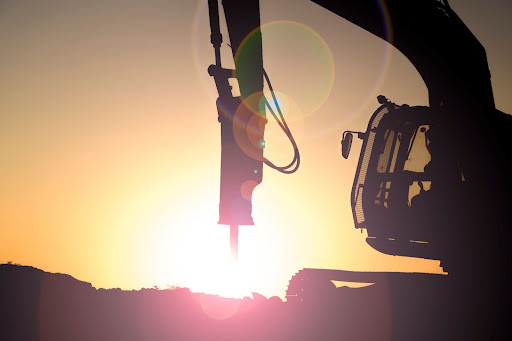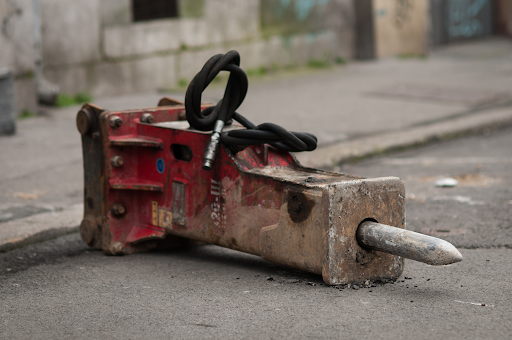Atlas hydraulic breakers are an incredibly powerful tool to use in construction projects. However, like all other hydraulic breakers, their strength can cause a lot of damage if operators aren’t careful with them. As a result, there are many rules operators must follow when it comes to operating hydraulic hammers and similar equipment. Here are the many do’s and don’ts of hydraulic breakers so you can ensure your project is safe for everyone involved.
What to Do When Operating a Hydraulic Breaker
• Always match the hydraulic flow of the breaker with the pressure requirements of the carrier.
• While operating a hydraulic breaker, reposition it every 15-30 seconds until the material breaks. As this happens, maintain a downwards pressure on the breaker.
• You should only run the breaker while you are in the operator’s seat, as you have complete control over it there.
• The head should be capable of moving freely during operations.
• Flow test the excavator, mini-excavator, or skid steer beforehand because if you don’t, then their lifespan will not be as long as expected.
• Routinely lubricate the breaker to protect the tool brushings from damage.
• Remove the bit of the breaker on a weekly basis and check for wear on the tool shank. Galling, a form of wear caused by the friction of materials pressing against one another may appear there if it does not receive proper lubrication.
• Perform visual inspections of hydraulic hammers daily, as the regular stress and vibrations can lead to performance issues.
• Make certain that the person who is operating a hydraulic breaker understands how it functions and the signs they should look out for during routine visual inspections.
What Not to Do When Operating a Hydraulic Breaker
• When using your hydraulic breaker, do not operate it while it is suspended in the air. This error is known as blank firing; instead, keep it planted firmly against the material you intend to break.
• While operating hydraulic hammers, never leave it in the same spot for a long period of time. By doing so, you would create an excessive amount of heat that can lead to tool breakage.
• Do not use a hydraulic breaker underwater because if you do, it will contaminate the hydraulic system. Using hydraulic hammers underwater is possible, but only if you attached their air compressor kit exactly as instructed.
• If you ever use a hydraulic breaker in a trench, do not ever let the breaker touch the trench walls.
• Never try to break down large objects from the center, as it will significantly increase the breakout force and cause it to stress the breaker out and overheat the demolition tool. To circumvent this issue, approach large objects from the outer edges and gradually work your way inward.
• Only use a hydraulic breaker for its intended purpose. While operating a hydraulic breaker, do not use it to lift, move, or pry objects. There are other tools designed to handle those functions.
Don’t fail to report any signs of wear or breakage so that they can be properly addressed.
If you’re searching the market for hydraulic hammer components, Hydraulic Breaker Services LLC has the parts you’re looking for to repair your tools!


















